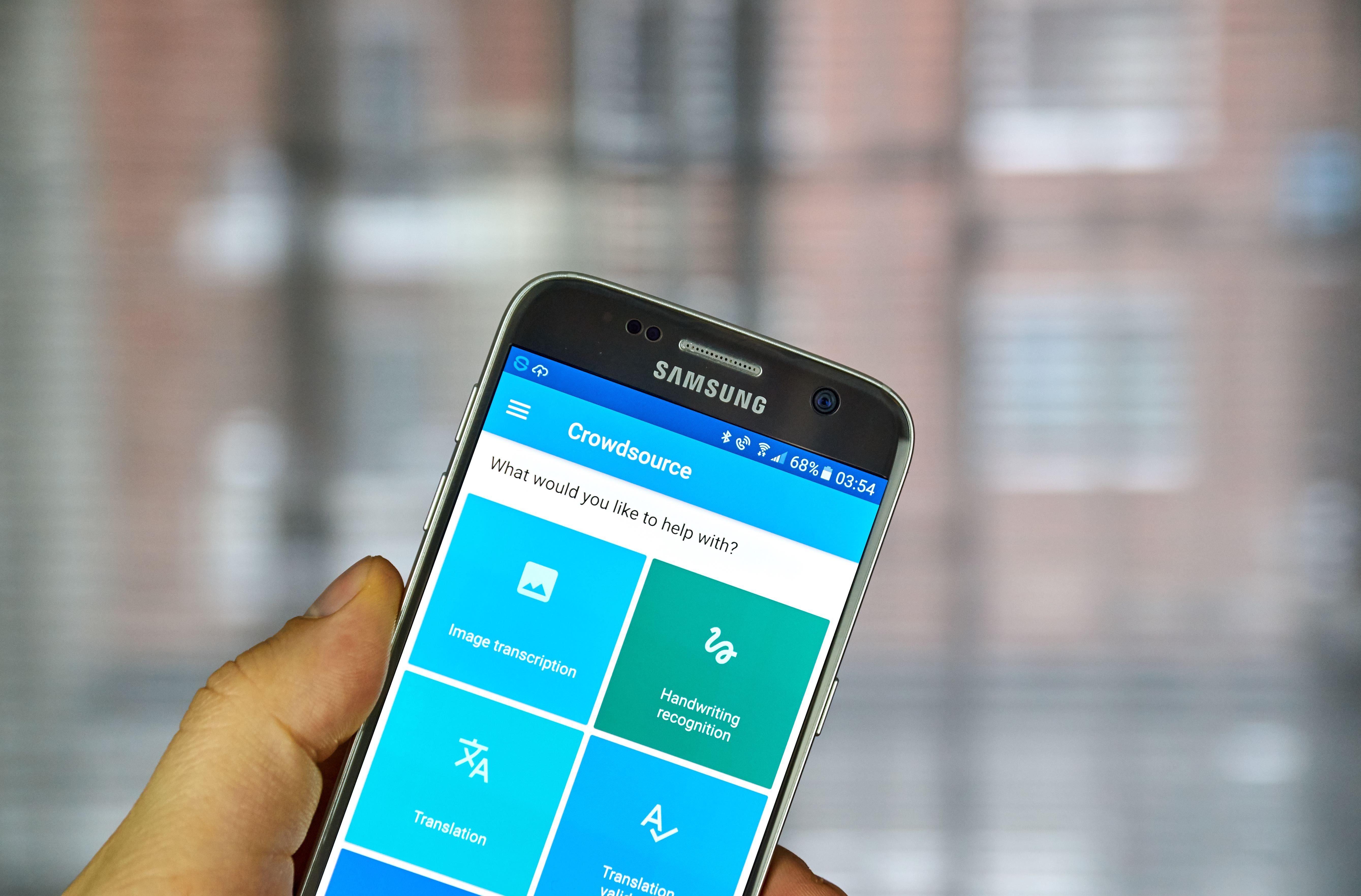
Health & Medicine
When the pain is the practitioner

Crowdsourcing information and opinions from people who have experienced low back pain first-hand can provide sufferers with effective information and support
Published 13 January 2019
Globally, Low Back Pain (LBP) is one of the main reasons why many people take sick leave from work or can’t get out and exercise. In fact, LBP is believed to affect the lives of one in seven to one in four Australians at any time.
It has a massive impact on the quality of countless lives, communities and families, as well as a grave economic impact with estimates that it costs the Australian economy around A$9 billion directly.

It’s also a complex health problem with a broad spectrum of severity. Numerous factors can contribute to its development including a sedentary lifestyle, bad posture and excess body weight.
Unfortunately, it’s a health issue that has no ‘silver bullet’ solution.
But our project – which brings together the University of Melbourne and University of Oulu in Finland - has found that the relatively modern trend of crowdsourcing may offer sufferers some much-needed support.
Increasingly, crowdsourcing is used to generate digital health information among people – and now the same is true of people suffering low back pain.

Health & Medicine
When the pain is the practitioner
This is an inherently powerful concept because generally, people trust other people who have experienced something first-hand; think about the influential nature of online review websites on our everyday decisions – like TripAdvisor for your next holiday or Rotten Tomatoes for a film recommendation.
Our work uses the same principle - offering decision support to people who want to generate or find more information on treatments for low back pain. Crucially, this is done in a structured manner by presenting a list of treatments generated by the crowd alongside an aggregated opinion of that treatment using criteria such as effort, cost and time.
Our approach significantly differs from online health-related information seeking websites, like WebMD, as it allows users to submit treatments and their experiences while also providing decision support to those wanting to compare different treatments for low back pain.

By using our system, people can discover new treatment ideas or practical ‘tricks’ as well as contribute their own perspective on what has helped their recovery or alleviated pain.
Low back pain is ideal for this crowdsourced approach as it’s a multi-answer problem.
We also provided our data to the clinical professionals involved in this project so they can better understand the way everyday people think about low back pain and its treatments.

Business & Economics
Putting doctors under a data microscope
The health professionals we consulted identified this information as crucial in determining current misunderstandings regarding different treatments for low back pain.
Treatments where we can detect a statistically significant difference in perception are of particular interest for professionals, because this could mean the professional collective understanding of a treatment method differs from the ‘ground truth’ experience and ideas of patients.
These details can be used to inform local interventions, like targeted seminars and pamphlets, aimed at minimising misinformation about low back pain.
The decision support system we developed uses crowdsourcing to first break down a question into sets of candidate answers and possible criteria that are then used to assess the answers. Those seeking answers then assess the responses using a ‘usefulness’ scale of 1 to 100.
The collected knowledge base captures the wisdom of the group who responded and can be used to compute a list of answers that correlate with the user’s ideal solution.

For example, a user seeking the best long-term functional but affordable treatment for low back pain, according to the crowd, would learn that strengthening one’s core muscles was the most suggested solution, rating highly among others.
One of the most staggering findings of the study was discovered when analysing the crowd’s perception of what treatments work rapidly for low back pain. The crowd assessed simply ‘taking the patient seriously’ as the single fastest treatment.

Health & Medicine
Clever socks connecting remote patients and physios
While this doesn’t imply a direct mistrust of the health professionals, it tells us about the nature of the condition – that it’s challenging to convey to others exactly what it’s like to live with low back pain.
Of course, when suggesting any treatment - especially when dealing with serious conditions like low back pain - flagging potentially harmful treatments, fads and commercial interests is a crucial consideration for safety and ethical conduct. In our project, this moderation happens at the data collection stage to prevent non-serious contributions offered to anyone using the system.
It’s also important to keep domain-expert researchers and clinicians tightly in the loop and provide clear disclaimers that these crowdsourcing systems are for peer-support and information seeking purposes only – they’re never meant to replace seeking help from a professional clinician.
A crowdsourcing platform like this has huge potential to extend to other health conditions that have no single ‘miracle’ solution.
Coping, healing and optimal recovery from these health problems like low back pain might well benefit from the knowledge of people who have been there; bringing their collective valuable experiences and insights to people living with the condition.
Banner image: Shutterstock